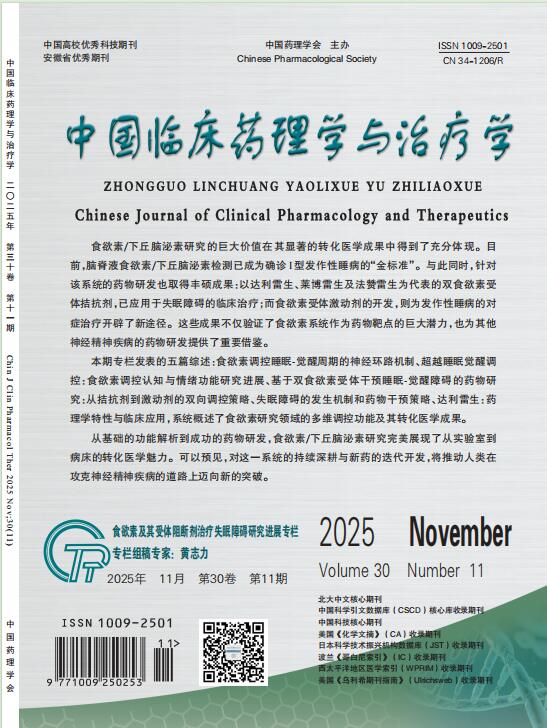Xintahua water extract improves the disease indexes of atherosclerosis model rats
GUAN Li, CHEN Wu, SUN Junfang, LI Wei
2021, 26(1):
18-23.
doi:10.12092/j.issn.1009-2501.2021.01.003
 Asbtract
(
388 )
Asbtract
(
388 )
 PDF (3350KB)
(
316
)
Related Articles |
Metrics
PDF (3350KB)
(
316
)
Related Articles |
Metrics
AIM: To investigate the effect of water extract of Ziziphora clinopodioides Lam (WEZ) on improving atherosclerosis model rats. METHODS: Sixty SD rats were randomly selected and 50 rats of them were randomly selected for atherosclerosis model with high-fat emulsion and vitamin D3, and then randomly divided into atherosclerosis (AS) model group, low, medium, high WEZ group and the positive control group. After 8 weeks of drug intervention, the plasma of each group of rats was collected to detect total cholesterol (TC), triglyceride (TG), tumor necrosis factor-α (TNF-α), interleukin-6 (IL-6) and trimethylamine oxide (TMAO) level. The correlation between plasma TMAO and TNF-α and IL-6 levels in AS rats was detected. The aortic tissue-embedded sections of rats in each group were taken out to compare the aortic plaque area/aortic lumen area (PA/LA) ratio. RESULTS: Compared with the blank control group, the serum TC and TG levels of the AS model group increased significantly, and the difference was statistically significant (P<0.01). Compared with the AS model group, the serum TC and TG levels of the middle and high dose WEZ group and the positive control group were significantly decreased, and the difference was statistically significant (P<0.05). Compared with the blank control group, the serum TNF-α and IL-6 levels in the AS model group increased significantly, and the difference was statistically significant (P<0.01). Compared with the AS model group, the serum TNF-α and IL-6 levels of the high-dose WEZ group and the positive control group were significantly decreased, and the difference was statistically significant (P<0.05). Compared with the blank control group, the plasma TMAO level of rats in the AS model group increased significantly, and the difference was statistically significant (P<0.01). Compared with the AS model group, the plasma TMAO levels of rats in the high-dose WEZ group and the positive control group decreased significantly, and the difference was statistically significant (P<0.05). The analysis of the correlation between TMAO level and TNF-α/IL-6 level showed that TMAO level was positively correlated with TNF-α level (P=0.001, r=0.673), and positively correlated with IL-6 level (P=0.002, r= 0.646). Compared with the blank control group, the PA/LA ratio of the AS model group increased significantly, and the difference was statistically significant (P<0.01). Compared with the AS model group, the PA/LA ratio of rats in the medium and high dose WEZ group and the positive control group decreased significantly, and the difference was statistically significant (P<0.05). CONCLUSION: WEZ may regulate TMAO levels, down-regulate TNF-α and IL-6 levels, and reduces TC and TG levels, thereby improving AS, but its mechanism still needs further study.


